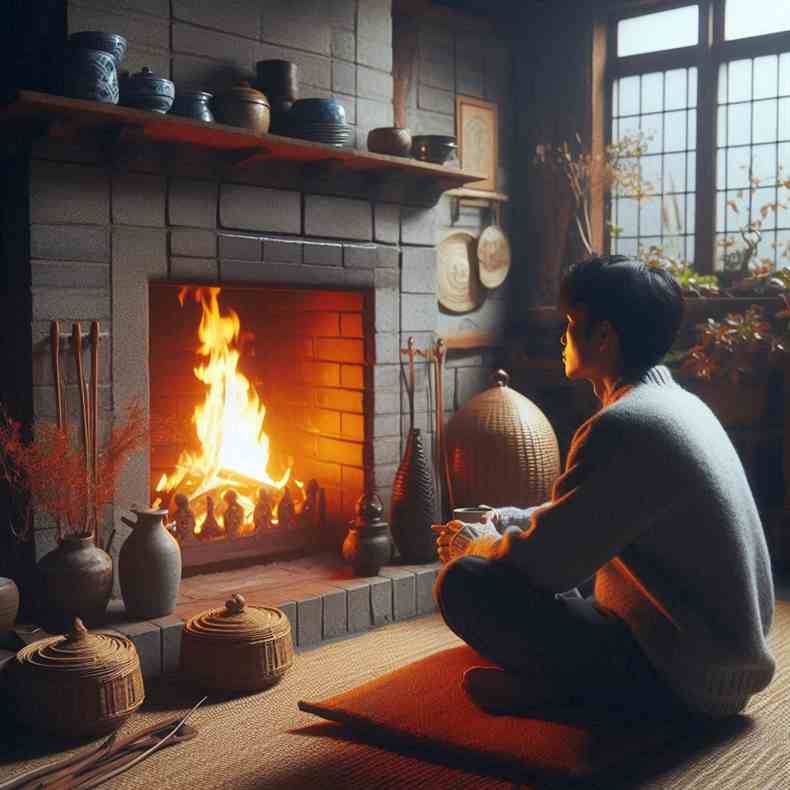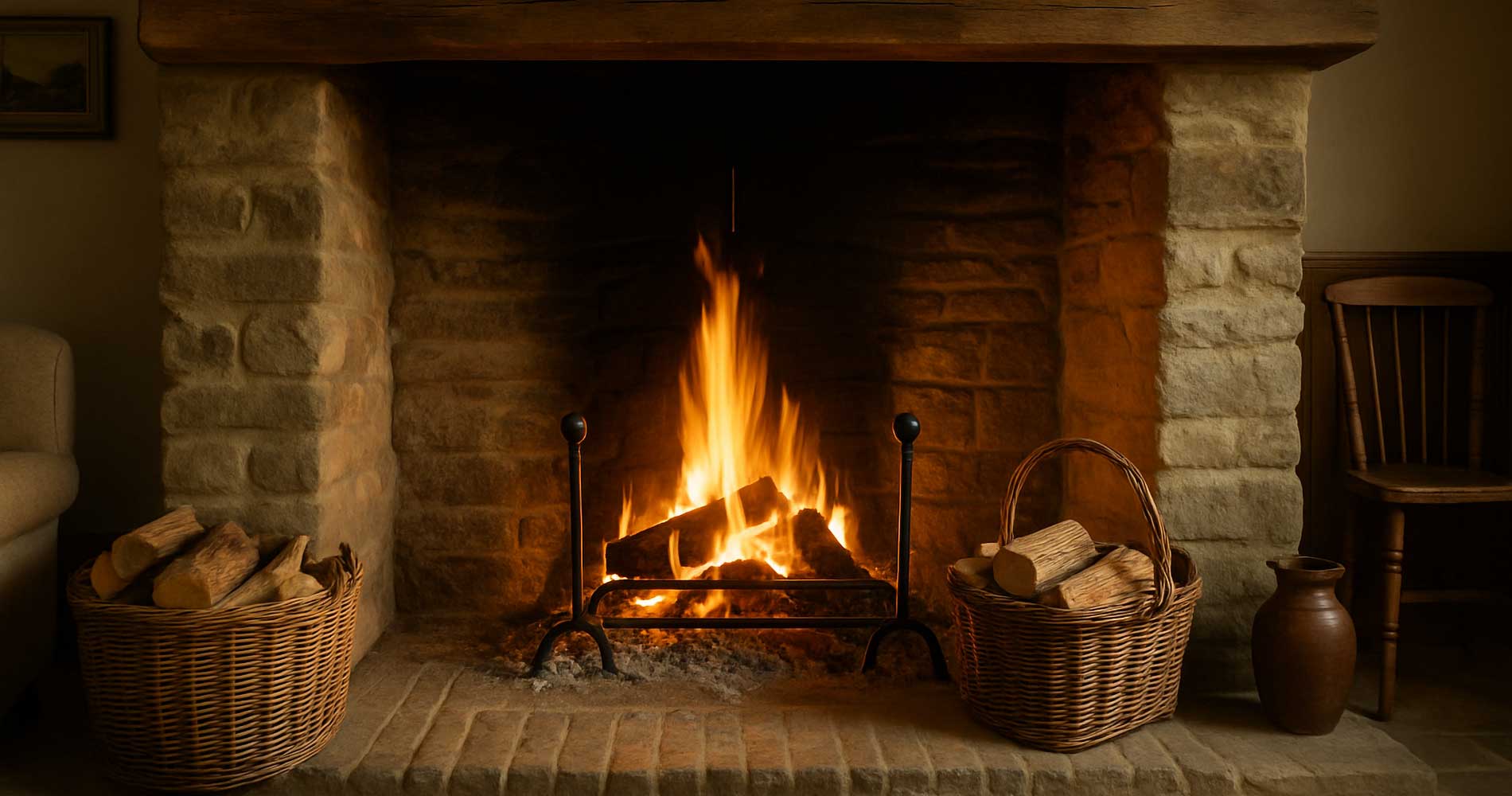Ripping Out the Old to Make Room for the New
There was a time—not all that long ago—when the fireplace wasn’t just a nice-to-have. It was the centre of the home. The literal heart of it. Meals were cooked over the flames. Families gathered for warmth. Stories were passed down while embers crackled in the background.
Then came the 1960s. And like so many other things in that decade, fireplaces got the chop. Ripped out, boxed in, or simply bricked over. Gone. Out of fashion, out of favour, and definitely out of the floorplan.
So, Why Did We Fall Out of Love with Fireplaces?
It wasn’t just a sudden hatred for soot or a collective allergy to chimney sweeps. The change was bigger than that. Cultural. Technological. Deeply emotional in some ways.
- Central heating became mainstream, making fireplaces obsolete in a purely functional sense.
- Design trends shifted dramatically—ornate was out, clean lines were in. The fireplace felt fussy, old-fashioned.
- Post-war optimism made people hungry for the modern, the fresh, the future-facing. Clinging to the past? Not very “Space Age.”
- Open-plan living changed the layout of homes. Fireplaces were often awkwardly placed for the new flow of the room.
And so, one by one, the old hearths were quietly removed. Sometimes with regret. Sometimes with full-on glee.
New Materials, New Moods
The rise of modernism didn’t just mean ditching fireplaces—it meant embracing new materials and a whole new emotional language for interiors. Homes were suddenly filled with plastic, steel, vinyl, chrome. Forget warm and rustic—this was the era of sleek, shiny, and smooth.
Furniture legs got spindly. Patterns went bold. And fireplaces? They didn’t really “go” with a tulip chair or shag carpet, did they?
Minimalism Walks In, the Hearth Walks Out
Let’s be honest: fireplaces are messy. Ash, logs, smoke—all the things minimalism actively avoids. The 1960s were all about clean surfaces and curated simplicity. No visual clutter. No heavy brick mantels or soot-stained stonework.
A blank wall was suddenly more appealing than a firebox. And so fireplaces were covered up, replaced with a painting or—gasp—a television.
We Didn't Just Lose a Fireplace, We Lost a Ritual
Now here’s where it gets personal. Because while the 1960s brought a lot of exciting change, they also quietly removed something special. The fireplace wasn’t just practical—it was emotional. It was where families came together. Where kids sat wrapped in blankets. Where someone always managed to burn the toast.
You probably don’t gather the family around a radiator. But you do around a flame. So when fireplaces disappeared, something else quietly left too: that sense of grounding, of warmth that wasn’t just physical.
Some Homeowners Regretted the Loss—Eventually
Not everyone was thrilled with their new “streamlined” living room. As central heating systems hummed to life and homes grew more sterile, a few folks looked around and thought... maybe we overdid it. Maybe a little brick and crackle wasn’t such a bad thing.
But by then, it was too late for many. The hearth had been sealed off. The flue blocked. The soul of the room replaced by beige carpet and a rotary phone.
The Slow Comeback
Funny how trends cycle. By the late '80s and '90s, people started to miss the charm. And you began to see fireplaces popping back up—but with a twist. Gas inserts, electric models, fake flames. They were cleaner, easier, less about survival and more about style.
These days? Fireplaces are having a real moment again. People want comfort. Character. A bit of nostalgia. But with a modern twist. That’s the sweet spot.

Why This Still Matters Today
Sure, you can heat your home without a flame. But that’s not the point. The fireplace wasn’t just a heat source—it was a place to pause, to connect. To tell stories. To feel at home. When the 1960s told us to streamline everything, we gained convenience but maybe lost a little heart in the process.
- Functionality matters, but so does atmosphere.
- Style evolves, but comfort never goes out of fashion.
- Minimalism is great—but a little glow doesn’t hurt either.
If you’ve ever sat in front of a fire—even an artificial one—you know there’s something almost human about it. Something that pulls people in.
Looking Forward Without Losing Touch
If you're renovating, designing, or just dreaming about your ideal space, don’t feel pressured to follow trends for the sake of it. Look at what makes you feel good. If that’s clean white walls and polished concrete floors—great. But if it’s a fireplace that makes you exhale and feel cozy on a dark night? Go for it.
Fireplaces might have fallen out of fashion in the 1960s. But they never really lost their magic. And if you ask us? It’s worth keeping a little magic in your home.
